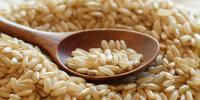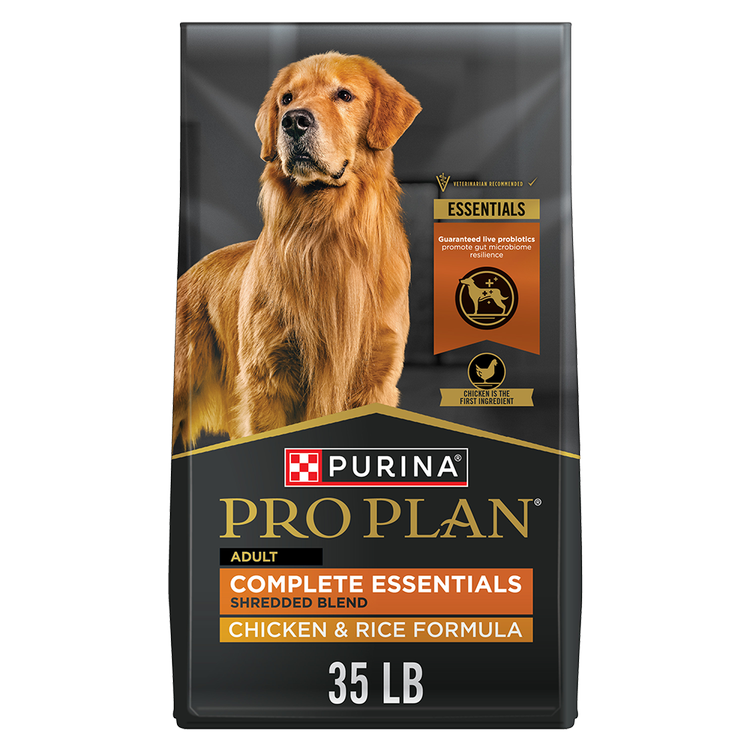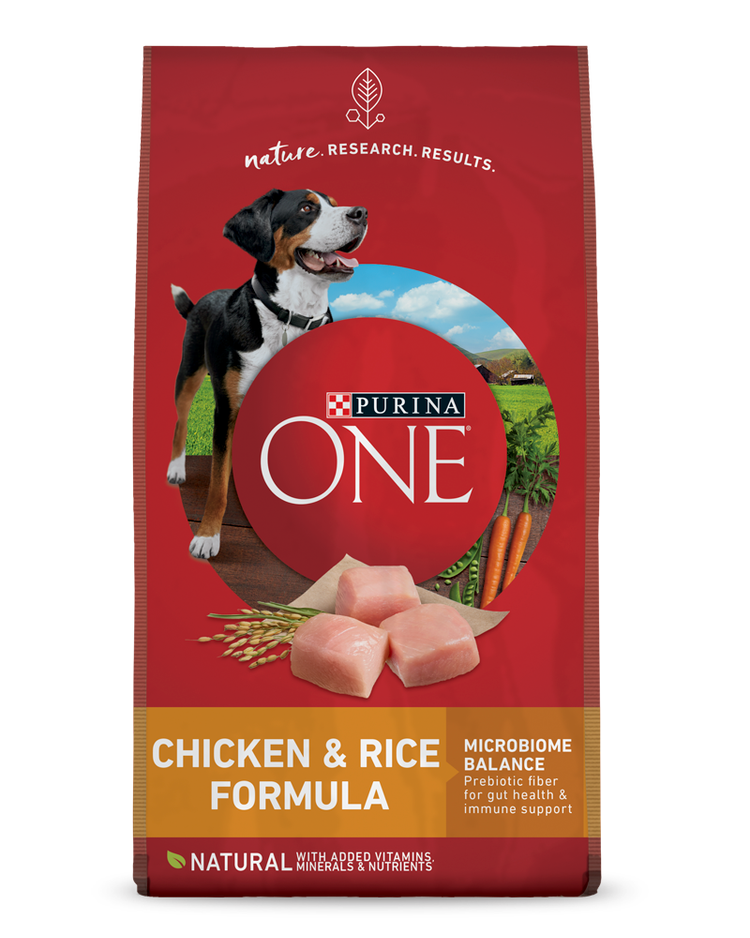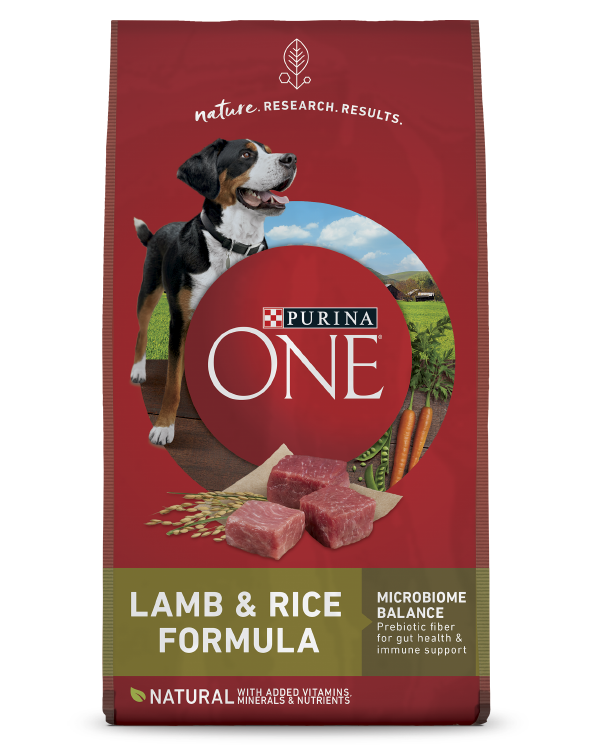Can Dogs Eat Brown Rice? A Guide to Safety


Yes, dogs can eat brown rice. It’s an easily digestible carbohydrate source and provides beneficial minerals and B vitamins.
When reading dog food labels, you may see brown rice as a common ingredient, and that’s because it’s so nutritious.
Dogs are omnivores, which means they can eat and digest foods that come from both plants and animals. So, unless you’re feeding them a grain-free diet, brown rice and other grains can be a part of their daily food intake.
Many commercial dog foods include brown rice or other grains in their recipes, and if you give it to them sparingly, it’s a good food option.
Is Brown Rice Good for Dogs?
Yes, brown rice for dogs offers many nutritional benefits. Brown rice is an excellent source of fiber, essential amino acids, micronutrients like B vitamins, magnesium and manganese and contain high-quality carbohydrates that provide your dog with energy.
Healthy Ingredients in Brown Rice
Fiber: Fiber is a carbohydrate that is vital to ensuring your dog has a healthy digestive tract. Fiber comes in two forms: soluble and insoluble. Soluble fiber is digestible and broken down by the body into molecules that can be used to feed the helpful bacteria in your dog’s gut to support both bowel regularity and colon health. Insoluble fiber helps add bulk to your dog’s stool and decreases the time it takes for food to pass through their stomach and intestines. As such, it can relieve both constipation and diarrhea in dogs.
Amino Acids: These small organic compounds are the building blocks of protein. Like carbohydrates, amino acids provide energy. Amino acids also support immune health in dogs. Dogs’ bodies can develop only about half of the amino acids they need, while the rest has to come from their diet.
B Vitamins: Vitamin B is a water-soluble compound that promotes healthy metabolism and cellular health for dogs. Vitamin B behaves like a coenzyme in certain biochemical reactions that change carbohydrates into glucose, which provides energy for your dog.
Magnesium: This key nutrient is essential in helping support energy production for your dog at the cellular level. Magnesium plays a critical role in supporting heart function, nervous system signaling and muscle movement.
Manganese: Manganese is a crucial part of a dog’s diet because their bodies cannot produce this nutrient independently. Once absorbed into the bloodstream, this mineral aids in the absorption and digestion of proteins and carbohydrates in their diet and works as a catalyst in over 300 enzyme functions within the body.
Carbohydrates: There has been some debate over the benefits of carbohydrates for dogs. Though dogs don’t require a high amount of carbohydrates, they do need some. Carbohydrates, along with fat and protein, are among the three macronutrients that provide energy to your dog. Carbohydrates get broken down into glucose, which provides energy to cells within the body. Making sure your dog gets enough carbs allows dogs to use protein for maintaining body tissue instead of using their own bodily tissue for energy production.
Should I Choose Brown or White Rice for Dogs?
Generally speaking, brown rice is the more common ingredient in dog food compared to white rice. White rice is more commonly used to treat an upset stomach because it’s easier to digest, includes starch, is low in fiber and helps harden the stool for dogs experiencing diarrhea.
It has a higher glycemic index compared to brown rice, though. This can result in your dog experiencing high blood sugar levels, so it should not be a regular part of their diet.
As far as an everyday food product, brown rice is harder to digest than white rice. As a result, brown rice isn’t the best option for an upset stomach. However, brown rice is covered with a seed coat that locks in the nutrients, making it more nutritious than white rice and a far better food source.
“Brown rice maintains its brown color due to the outer layers of hull and bran parts of the grain,” explains Purina nutritionist, Karina Carbo-Johnson, MS. “Therefore, it is more fibrous than white rice. Brown rice spoils faster when it’s stored, so keep that in mind when deciding which kind to prepare.”
Can Brown Rice be Good for a Dog With an Upset Stomach?
Although not as effective as white rice, brown rice may be helpful for some dogs with digestive upset.
“Keep your veterinarian informed if you decide to replace their diet with cooked rice and cooked lean meat to help with GI upset or diarrhea,” Carbo-Johnson says. “This combination should help, but it’s not complete and balanced, so only feed it for a couple days at most.”
How Much Brown Rice Can Dogs Eat?
Brown rice and other grains may be nutritious, but they have a lot of calories. Make sure the serving size you feed your dog falls into the 10 percent treat rule. This means the calories from the rice you feed your dog should make up no more than 10 percent of their total daily calories.
How to Prepare Brown Rice for Your Dog
Only serve your dog cooked rice. When you prepare it, boil it in water or a steam rice cooker. Using butter, ghee, salt or spices can cause stomach upset and add calories, so cooking in water or steaming is the best option.
Get more valuable insights by finding out what our experts have to say on our Pet Expertise page.
Related articles

Find Your Pet’s Perfect Food
Use our Pet Food Finder to get a custom recommendation from Purina Nutritionists.






